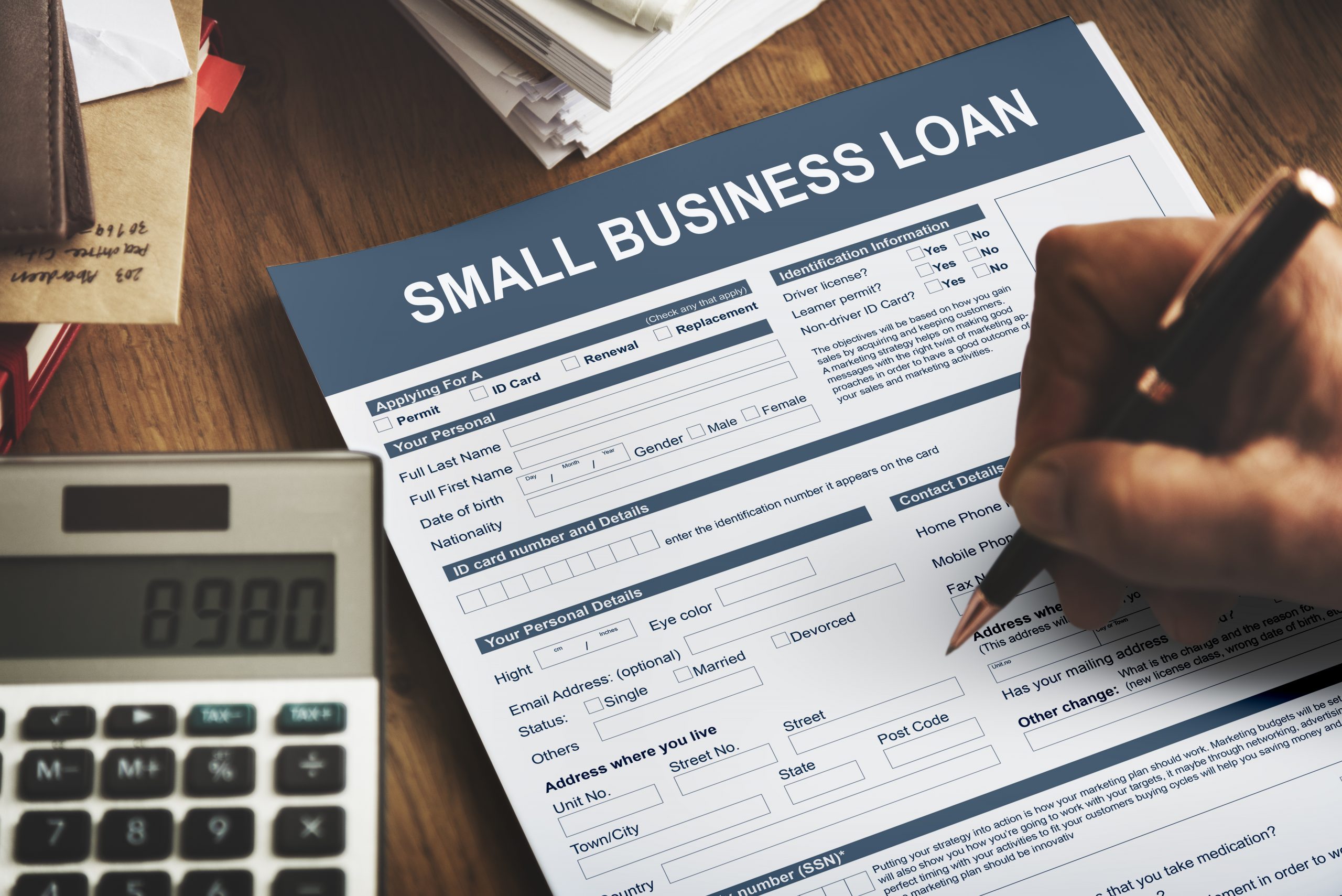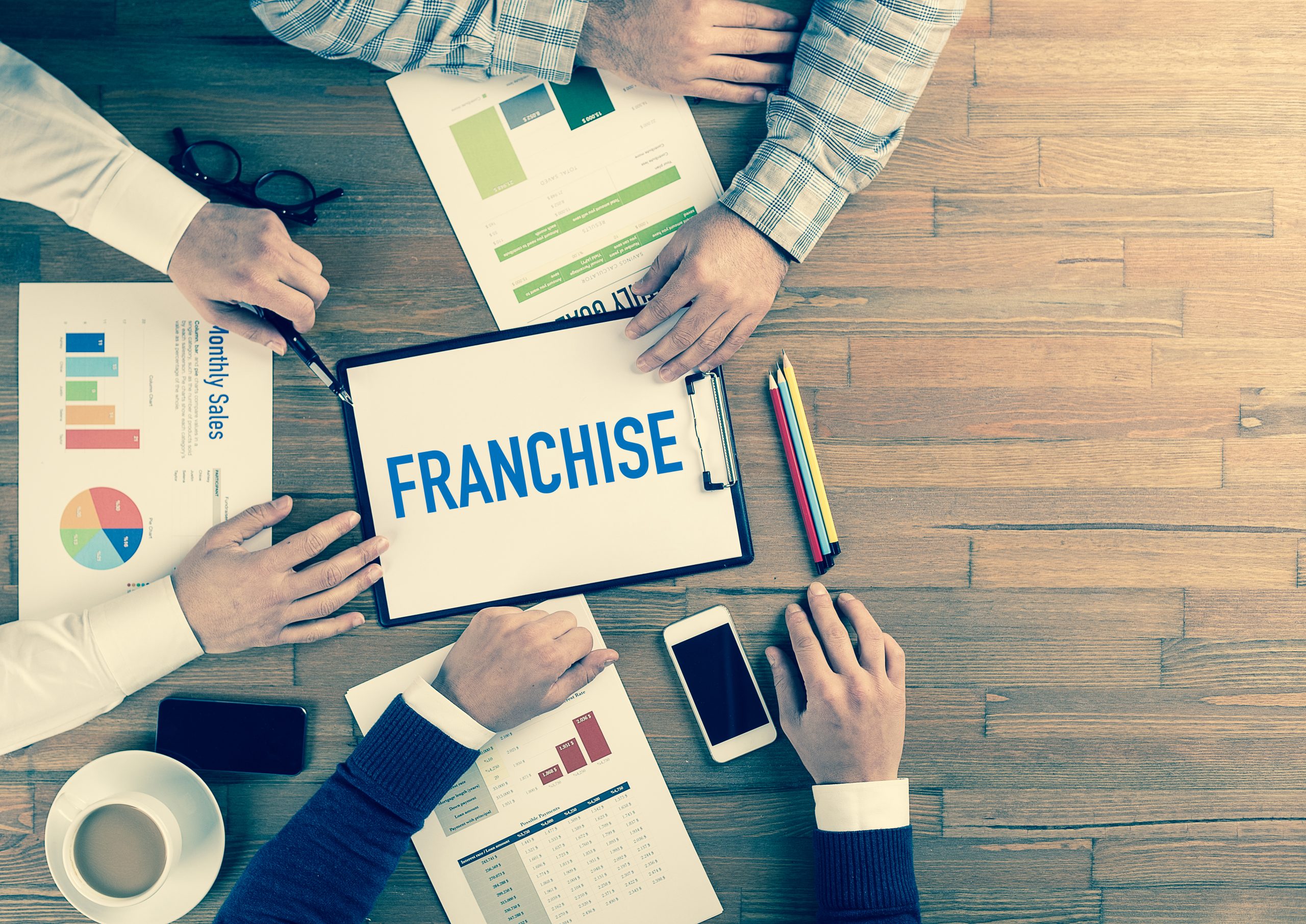These days, despite the fact that numerous iterations of time clock software is now available, there are still quite a few businesses which make their employees clock in and out the old fashioned way – using pen and paper. Switching to a computerized time clock is a sound investment for most business, however, while hanging on to paper-based timesheets could actually be costing your business quite a lot of money. If you’re interested in switching to a more modern system but not sure where to begin, below are the frequently asked questions about time clock software and the answers to them to help you gauge if time clock software is in your company’s future.
Q: How does time clock software work?
A: With a computerized time clock, employees would clock in a different way than they are used to but one which is becoming far more commonplace. They could use one of several different options, including, physical credentials, biometric information (such as voice print, fingerprints, face or iris scans) or cloud-based services. The system chosen effectively stores the employees’ entry and exit times and computes the hours they spent working.
The software also stores each employee’s pay rate and calculates his total pay, including adjustments needed as a result of overtime work or leave time. Authorized personnel can then view the stored information in multiple ways, such as per employee or per division, which could come in very handy when assessing budget constraints.
Q: What are the types of time clock software?
A: There are two types of time clocks: the wall-mounted electronic clock and the digital time clock. With the former, employees clock in or out through a fingerprint, facial or eye scanner (also known as a retinal scan). They can also log in via physical credentials, such as by swiping a magnetic badge or by using designated PINs, passwords, barcodes or RFID cards or fobs. The latter type, a digital clock, meanwhile, would allow employees to clock in via a mobile app or else a web site.
Q: What are the benefits of using time clock software?
A: One major benefit is speed. Time clock software can quickly and automatically compute how much time each employee spent working, so there is no need for HR employees to do the calculations manually, freeing them to do other work. The automation also cuts down on human errors that could occur when deciphering handwritten time-sheets, manually entering information, and/or computing payments, thus avoiding disputes that could arise from under or over payments.
Time clock programs also allow remote or off-site workers to clock in and out accurately. Through GPS tracking, geolocation or geofencing, employers can also verify the locations of their remote employees and can do so throughout the day, not just during the start or the end of the shifts.
Moreover, computerized time clocks record employee attendance accurately and prevent “time theft.” When using pen and paper records or traditional punch cards, employees may arrive at 9:10 but write down their arrival time as 9:00, or have lunch until 12:40, but instead write 12:30 on the record.
In a survey of 1000 hourly workers, 49% admitted to padding their timesheets — with 46% adding 15-60 minutes and the other 3% adding more than 60 minutes. Sometimes, the time theft is not intentional, such as when an employee forgets to clock out before his break or just estimates the amount of time he worked because the company tracks time manually, using paper cards or spreadsheets.
While leaving a few minutes early or arriving a few minutes late may not seem like a big deal on any given day, when all the minutes are tallied, the impact can be huge. If 49% of the hourly workers in America added just 15 minutes on to their timesheets each week, US employers would pay out an extra $11 billion per year.
By using time clock software to track employee time accurately, even small businesses can potentially save thousands of dollars per pay period. Automated tracking increases employee accountability and eliminates time theft, whether intentional or accidental.
Time clocks with biometric capabilities also prevent another form of time theft — “buddy punching” — where one employee clocks in or out for another employee. According to a 2017 research, 16% of hourly employees admitted that they had clocked in a co-worker. If 16% of the US hourly workers added 15 minutes to their colleague’s timesheets, it would cost US employers an additional $373 million each year.
Another pain point that can be addressed by the majority of time clock software is the problem of scheduling. A poorly managed employee scheduling system can be very costly to a business and is often a cause of frustration for many managers. In some industries, for example the restaurant or hospitality industry, having the correct number of employees of the correct positions at any given time is crucial for the business to operate smoothly. Besides being potentially costly to the company, staff shortages, whether due to absences or employee confusion about scheduling, can affect employee morale and overall stress levels.
Using time clock programs also makes it easier for businesses to comply with federal and local laws and thus avoid penalties for non-compliance. The Fair Labor Standards Act (FLSA), for example, requires companies to keep accurate records of employee work hours and to maintain documentation relating to attendance for at least two years, to be ready and available for inspection by government representatives, if needed. Compared to manual time records, computerized time systems can store data safely for an indefinite period. Keeping accurate employee attendance and payroll records can also protect the company from unjustified payment-related lawsuits from disgruntled employees.
Q: What are the disadvantages of time clock software?
A: While there are a few free and low-cost options when it comes to time clock software, some of the more sophisticated ones, especially those with biometric functionality, tend to be expensive.
Biometric systems are also prone to glitches, which can sometimes make it hard for employees to clock in or out. Changes in an employee’s voice, face or fingerprint due to aging, injury, sickness, lighting or dirt can also result in a false negative outcome. However, in the event of a system malfunction or a power failure, most systems have a backup option which would require the employee to enter a password or PIN. Now, while that might defeat the purpose of biometrics, it is still necessary to have a backdoor entry, otherwise the employees would not be able to clock in or out. Adding to the overall cost, to avoid glitches, biometric-based time clocks need to be regularly maintained and updated.
Some time clock systems use geofencing; that would allow an employee to automatically clock in or out if they’re within a specific geographical boundary. However, this option tends to be quite expensive and may need constant maintenance and updates. The apps for this kind of technology also tend to eat up a lot of space on a mobile device and use up a lot of battery power and data. A change in the location of the work site, or employees having to go from one site to another, will also require expensive reconfigurations.
Time clock software that uses physical credentials is not without its downside, however. Magnetic badges get worn out over time and will need to be replaced, and employee badges, cards, and fobs can easily can be lost, stolen or simply forgotten.
Q: What are the features of time clock software?
A: There are many kinds of time clock software on the market nowadays, and more are added each year. While different systems have different features most of them will contain the following major features or functions:
*Clocking options: Most time systems let an employee clock in and out in multiple ways, such as through a time clock, mobile app, SMS or even via social media.
*Time clocks: The time clock can record and verify biometric data, RFID cards, bar codes, and other kinds of data.
*Mobile access: Many systems enable remote workers to clock in and out using GPS geotracking or geofencing.
*Scheduling: Many time systems facilitate scheduling of employees.Detailed reports: Many systems can provide insightful reports that can help business owners and managers when assessing staffing levels and employee performance.
*Software integration: Most software time clocks integrate with payroll solutions, enabling easy and error-free transfer of data to the payroll system.
Q: How much does time clock software cost?
A: The cost of time clock software can vary broadly, and will depend on a number of factors. Those factors include the number of employees, the specific features needed, and whether you want an on-premise system or a cloud-based solution.
There are some time clocks that are free if you only need basic functionality and/or have a small team. Most cloud-based systems, however, charge per head, typically anywhere from $1 to $10 per user. Some systems also have a base fee of about $20-$100/month. Some providers have a tiered pricing scheme (the per-user fee decreases the more users there are), while some charge by range instead of per user (for example, $25 for six or fewer users and $35 for 7-15 users). Some time clock vendors also have a monthly minimum, such as $5/user/month or $80/month, whichever is higher.
When it comes to on-premise time clocks, there is usually a one-time fee for the software and the user licenses. The cost of the hardware depends on the type of data (physical, biometric, etc.) that is to be recorded (barcode, fingerprint, etc.) and what other features the device will offer. Each device will cost anywhere from a few hundred to a few thousand dollars.
There may also be additional costs for setup and training. Some vendors do these for free while some charge for these services. There may also be fees for maintenance and updates of on-site systems.
Q: How do I choose the best time clock software for my business?
A: There is a wide variety of time clock software available. The one that is best for your business is the one that addresses the specific needs of your company. If you only need a program that records the clock-in and clock-out times of employees, then you can keep your costs down by getting a simple time clock that only does that.
If you need more features, such as the ability to schedule employees or to see in real-time which employees are on break and which ones are working, you can get a program that offers those specific functions. If integration with an accounting or payroll program is important for you, then make sure to choose a time clock that can do that.
Another thing you need to consider is what combination of hardware and software is practical and comfortable for your company. For example, if you want a biometric system, then choose a time clock that allows users to clock in or out via fingerprint scan or facial recognition. If your employees have privacy concerns over their fingerprints being on a company file, you can use a time clock that is compatible with swipe cards instead.
Another question to consider; is there a single location where everyone clocks in, or are there multiple entry points? If there is just a single location, then you can use a biometric system; but if you have multiple locations, it might be better to use networked computers or mobile apps instead.
Another factor for consideration is the warranty and level of customer support. Choose a time clock software that provides the coverage you need in case of malfunction and which gets high marks on customer response times.
Q: What are the current trends in time clock software and what can we expect in the near future?
A: We expect more time clock software to have biometric options. There are some concerns about how fingerprints are stored and used, so facial or eye recognition may become preferential. This can be something as simple as capturing a picture of the employee during arrival and departure, or something more sophisticated, such as scanning the person’s retina.
The biometric system is also becoming safer and more complex, with the addition of safety features like firewalls and SSL encryption to protect company and employee data. In addition, more and more businesses are choosing biometric systems over magnetic stripe badges. By using biometric scans, companies do not have to spend money on badges, which can mean significant savings especially for businesses with a large workforce.
You can also expect future time systems to incorporate machine learning and artificial intelligence. These technologies can help employers gain better insight into their labor force, as well as assist employees with their questions about their records.
Conclusion
Keeping track of employee working hours is a mundane but critical part of any business, especially if the employees have an hourly pay rate. Fortunately, businesses no longer need to rely on paper time-sheets to track and record their employees’ hours. There is a wide range of time tracking solutions, and which can accommodate pretty much any budget, that can help companies keep accurate records and manage their employees’ time more efficiently.





